Why Landscape Architects Are the Unsung Heroes of the Design World
Browse the Architizer Jobs Board and apply for architecture and design positions at some of the world’s best firms. Click here to sign up for our Jobs Newsletter.
Now more than ever our cities need landscape architects. Whether to help revitalize downtown communities with pedestrian-first green spaces or to restore biodiversity to local parks, the countless benefits that landscape architects bring us can no longer be overlooked. Earlier this month, Architizer unveiled the winners of the 2022 A+Awards. Among the dozens of awards celebrating contemporary architecture, it was easy to miss the handful of prizes highlighting landscaping. Yet, the A+Award-winning designs demonstrate the crucial role that landscape architects play in adapting our cities for the future.

Photos by Sam Oberter (left) and by David Woo (right)
Take for instance the West End Square in Dallas, a 2022 A+Award popular winner for Landscape & Planning. The design by James Corner Field Operations replaces a former parking lot with a dynamic combination of green spaces and public utilities. Growing greenery in a concrete jungle is no simple feat. The ambitious intervention has transformed a dead-end city block into an anchor for the community, where the neighborhood’s growing population can enjoy salsa dancing classes, a vendor’s market and various interactive art installations. The green oasis makes a bold statement about a future where cities can be oriented less towards cars and more towards pedestrians and community.
 Meanwhile, the Xiaoyunlu 8, MAHA Residential Park project by Ballistic Architecture Machine in Beijing, another A+Award popular winner this year, weaves together disparate sections of the site of various eras and styles into one seamless and soothing green space. Residents can now fully access and enjoy the park’s gardens, historical sites and communal areas.
Meanwhile, the Xiaoyunlu 8, MAHA Residential Park project by Ballistic Architecture Machine in Beijing, another A+Award popular winner this year, weaves together disparate sections of the site of various eras and styles into one seamless and soothing green space. Residents can now fully access and enjoy the park’s gardens, historical sites and communal areas.
The project brings together culturally significant heritage with an expansive and beautifully maturing man-made forest, physically manifesting the fact that landscapes, even more so than buildings, cannot be realized overnight. Greenery takes time to grow, and though we like to imagine our urban parks as natural spaces, they must be cultivated and maintained by man. The design expresses this passage of time, drawing attention to it.
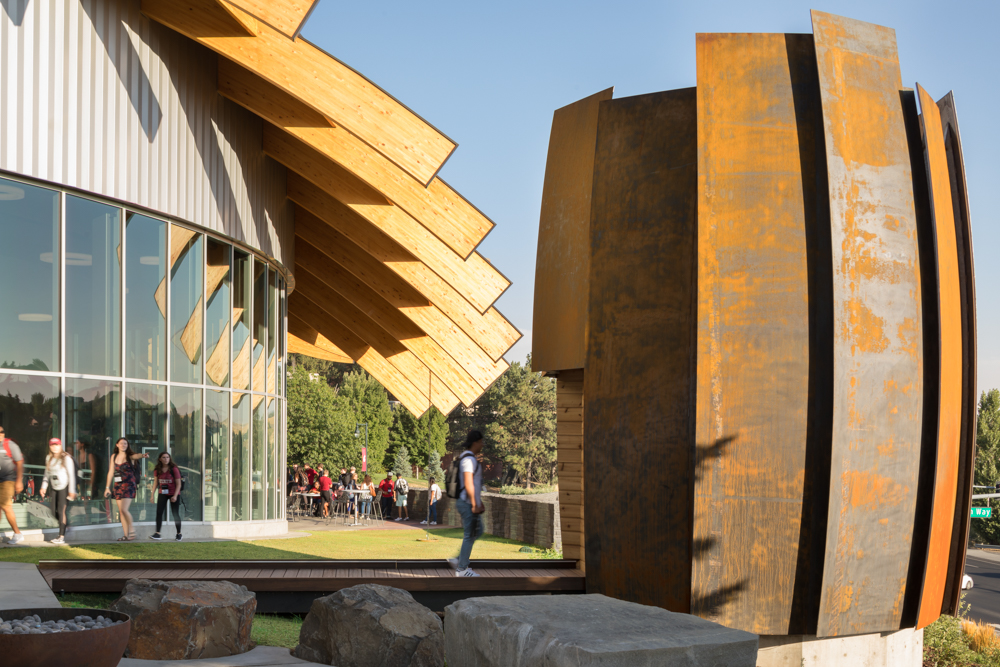 These projects are a mere snapshot of why at Architizer, we believe that landscapers are the unsung heroes of the design world. It’s why this week we are highlighting jobs in the sector.
These projects are a mere snapshot of why at Architizer, we believe that landscapers are the unsung heroes of the design world. It’s why this week we are highlighting jobs in the sector.
The award-winning architecture and design firm based in Seattle GGLO is currently hiring for a landscape designer to join their team of architects and designers that work on community-oriented projects. A GGLO project like the Elson S. Floyd Cultural Center in Pullman, Washington is a good example how of an acute knowledge of native fauna, local history and people-oriented landscaping can create lively cultural spaces.
Additionally, Stoss, an urban design firm based in Boston with an office in Los Angeles, is also looking to hire landscape architects in both studios. The firm works on large, neighborhood-scale projects that sensibly mix natural and urban elements to revitalize local communities.
Browse the Architizer Jobs Board and apply for architecture and design positions at some of the world’s best firms. Click here to sign up for our Jobs Newsletter.

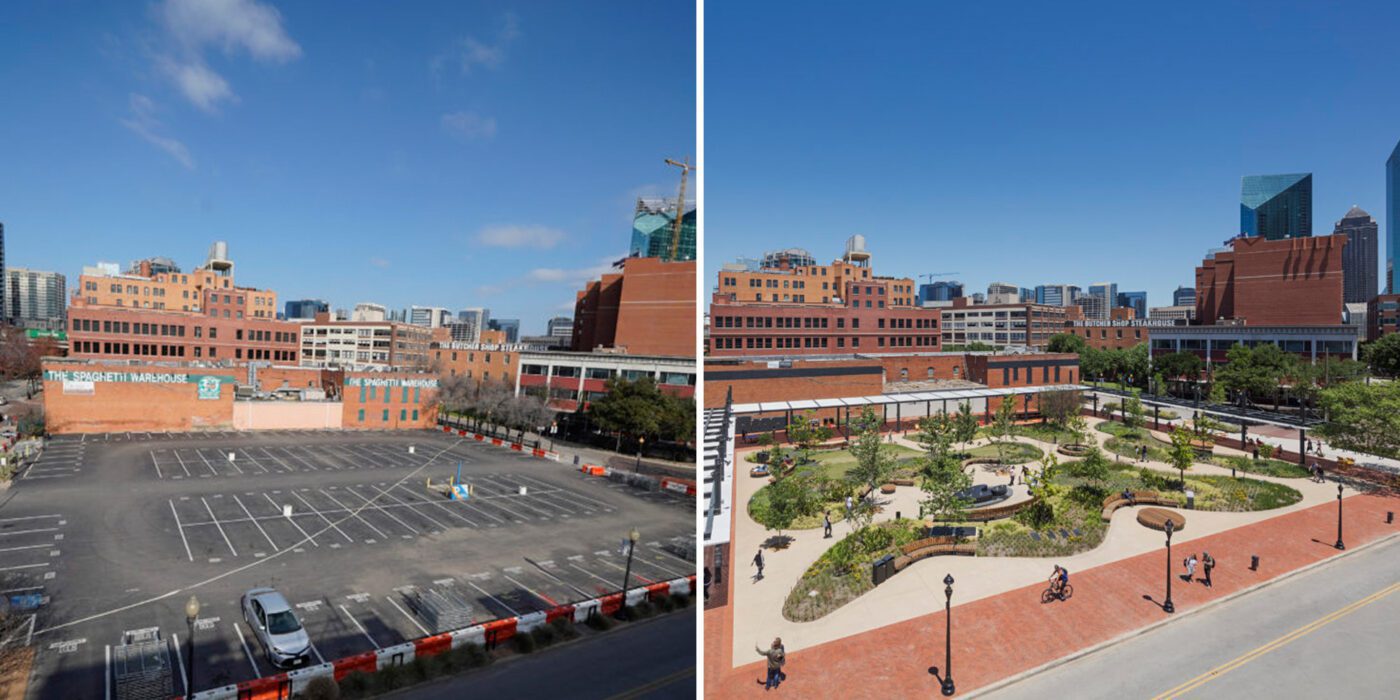
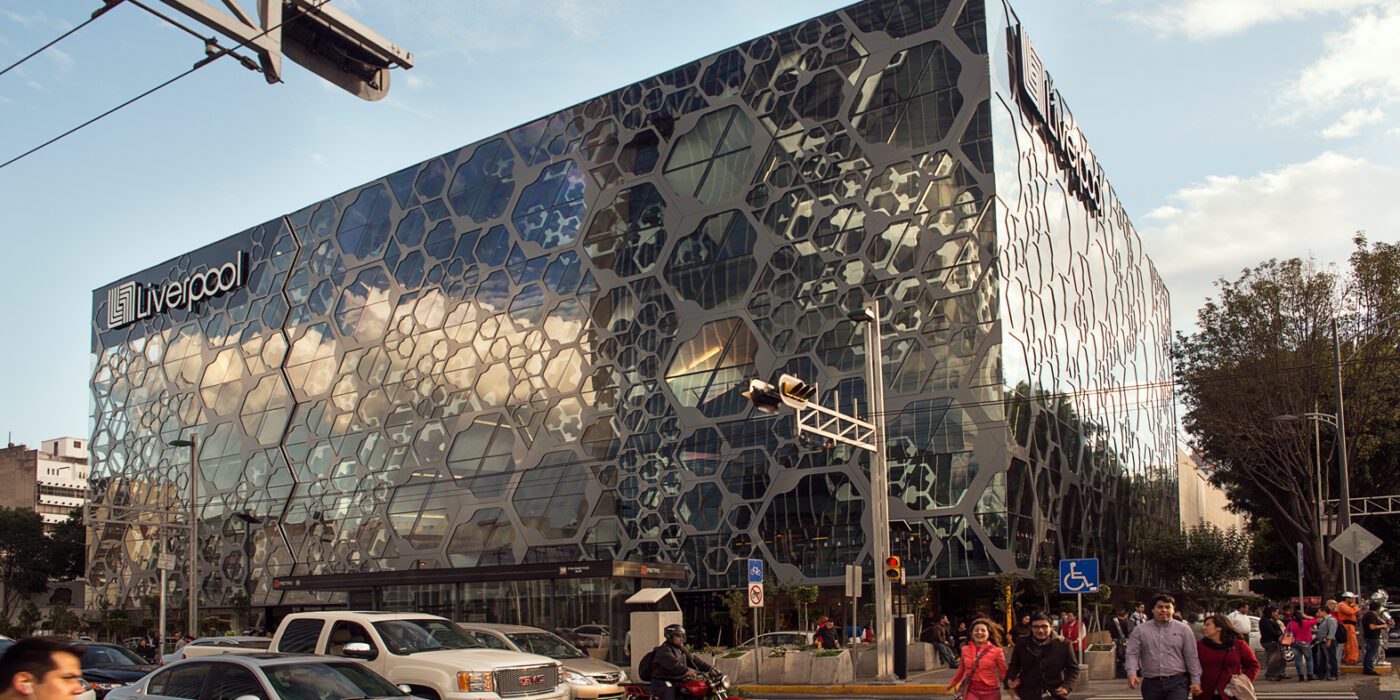
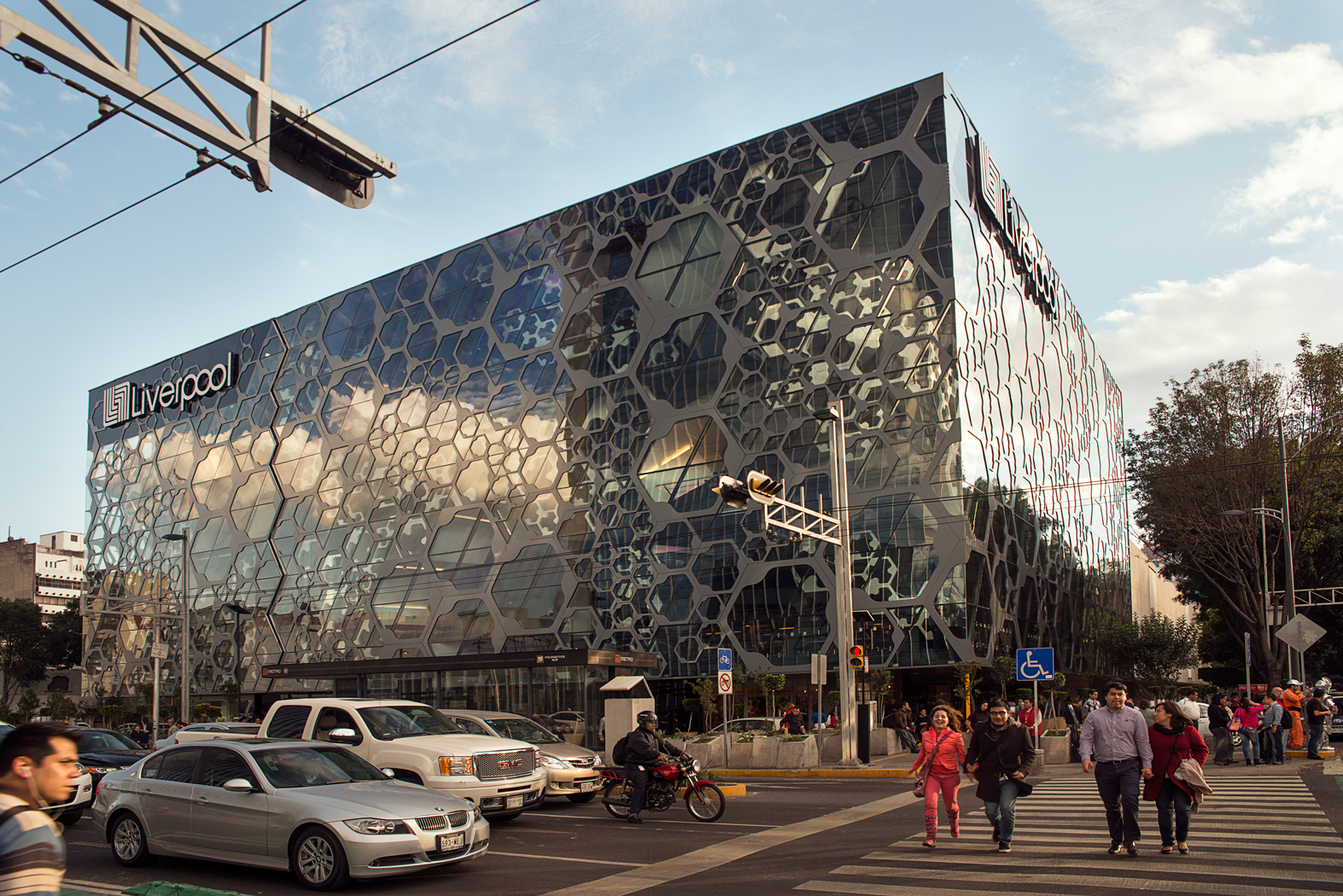
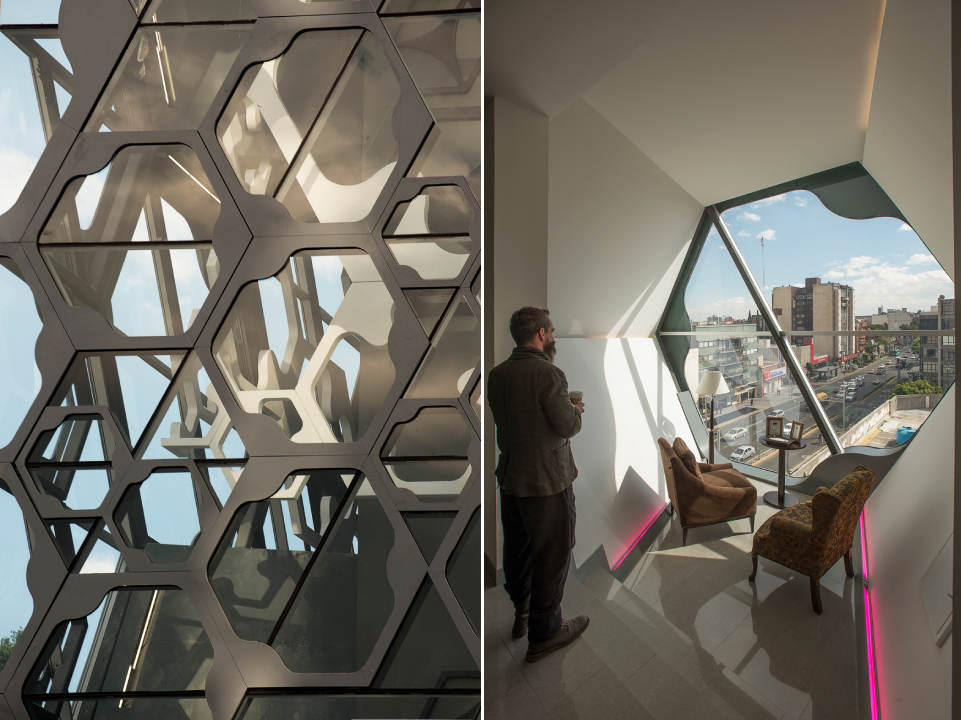
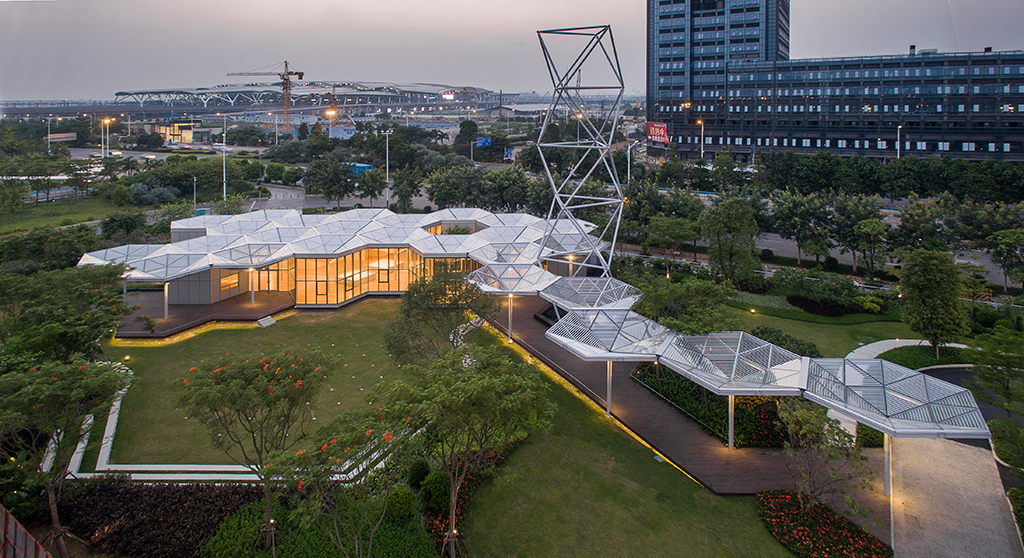
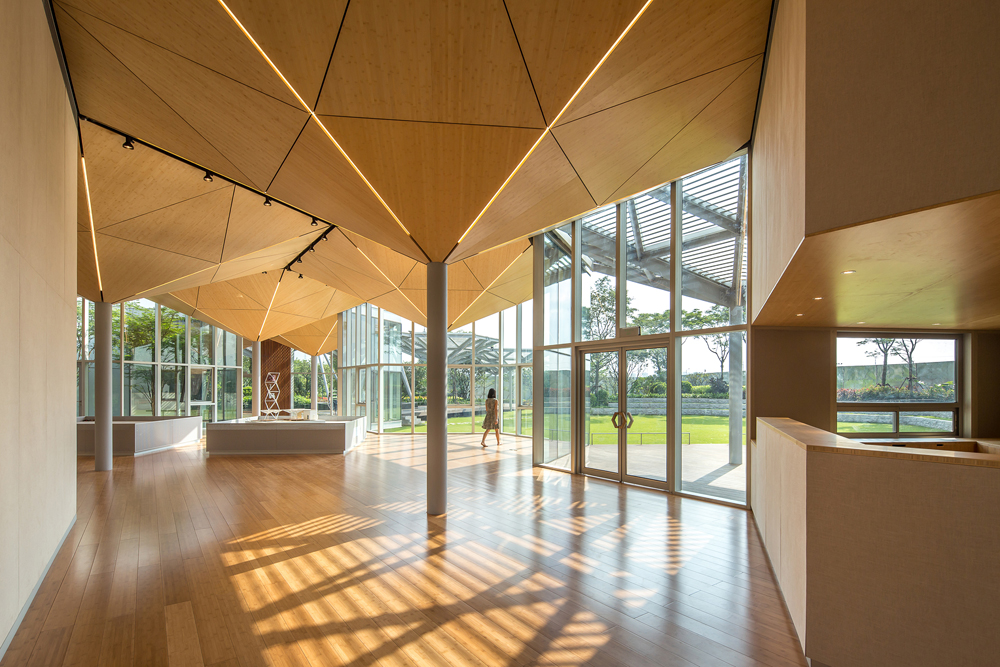
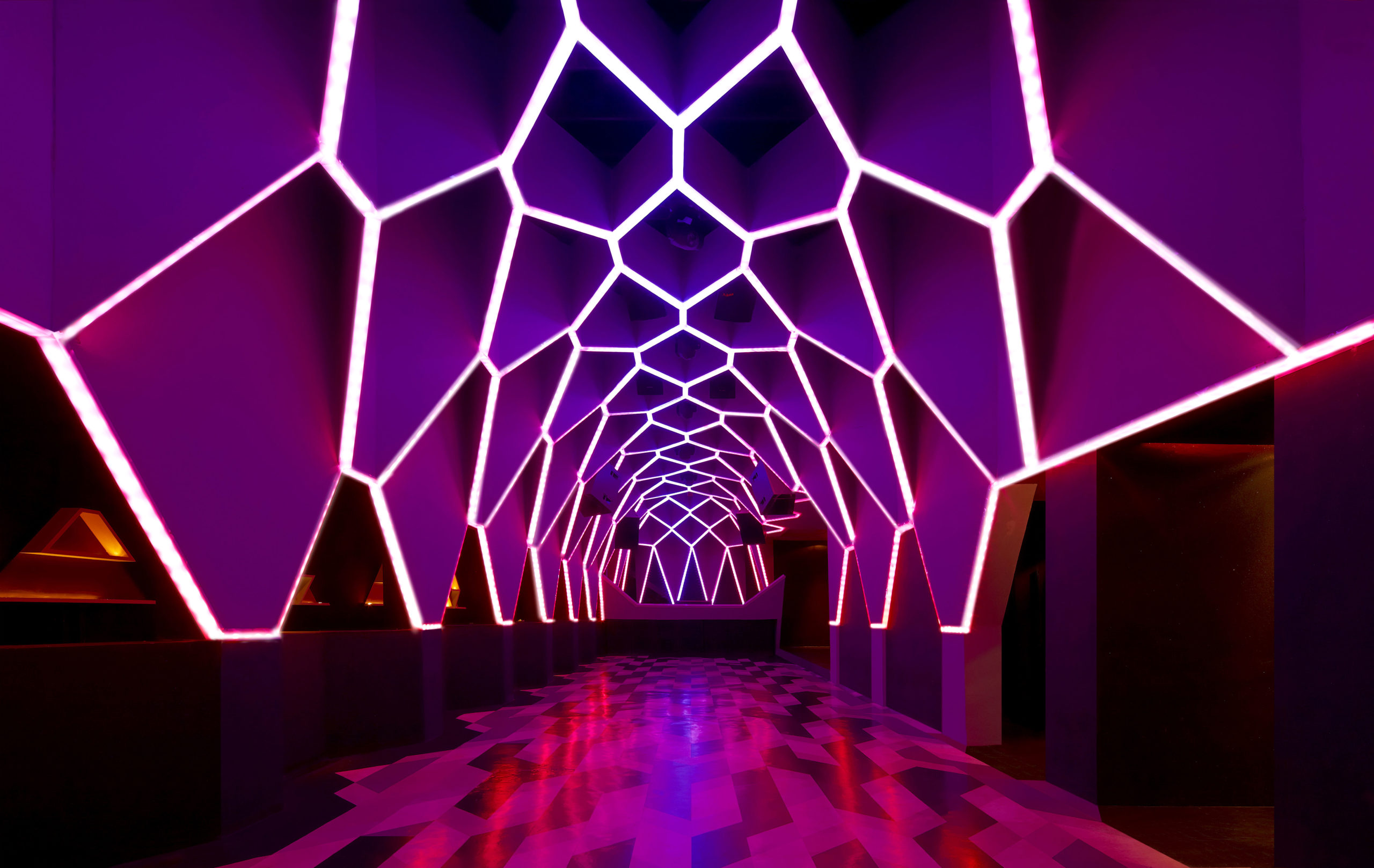
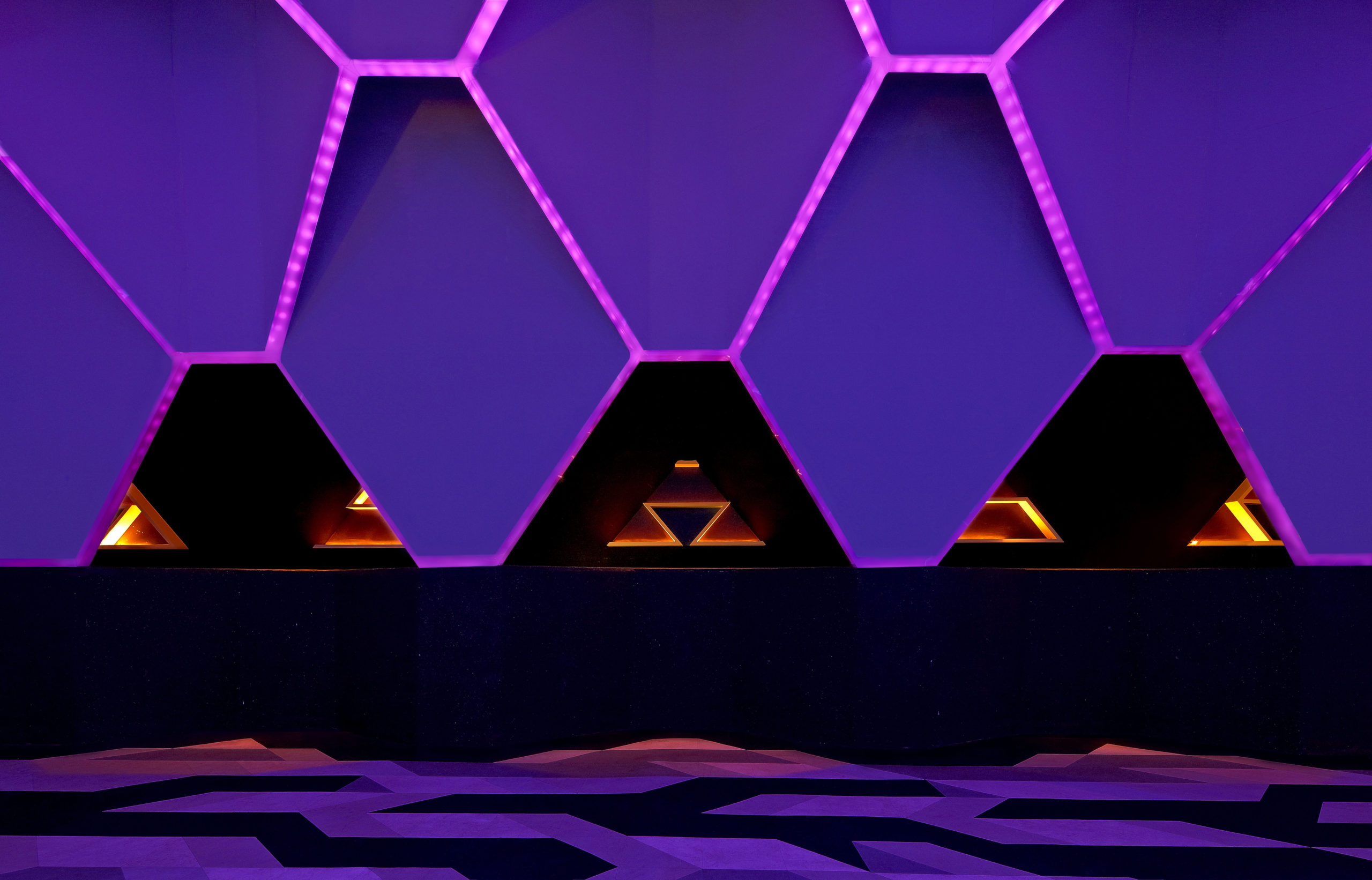 Josefine/ Roxy Club by Fred Mafra, Belo Horizonte, Brazil
Josefine/ Roxy Club by Fred Mafra, Belo Horizonte, Brazil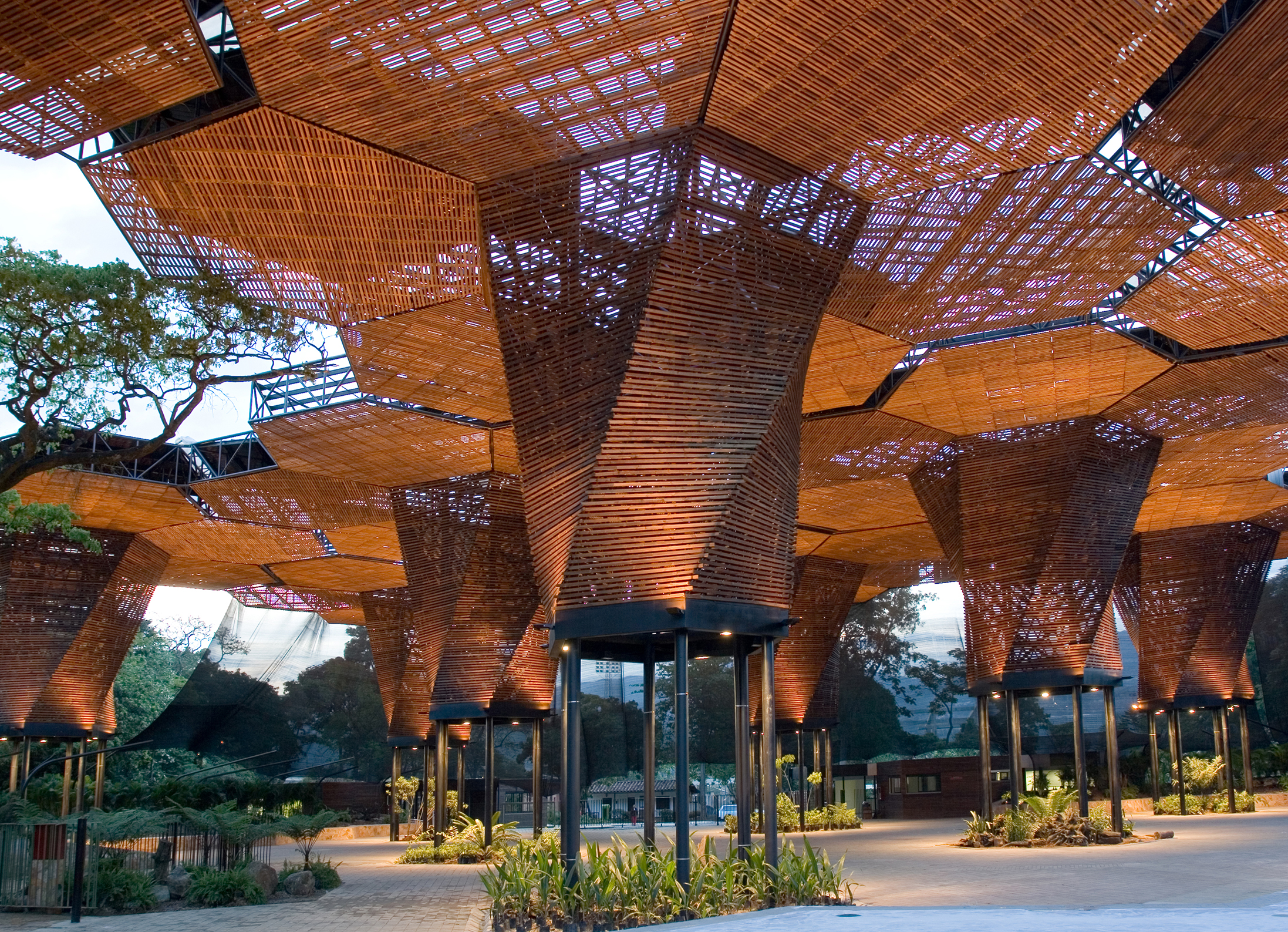
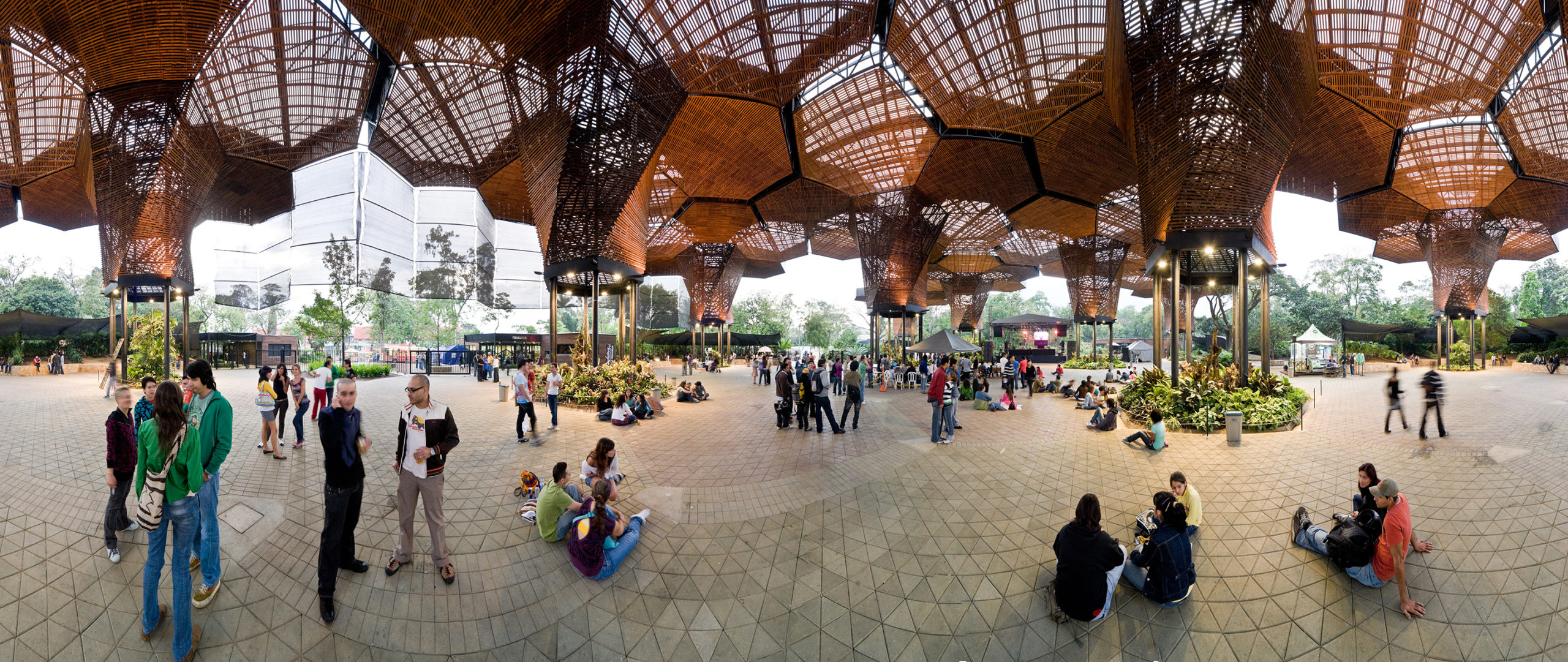
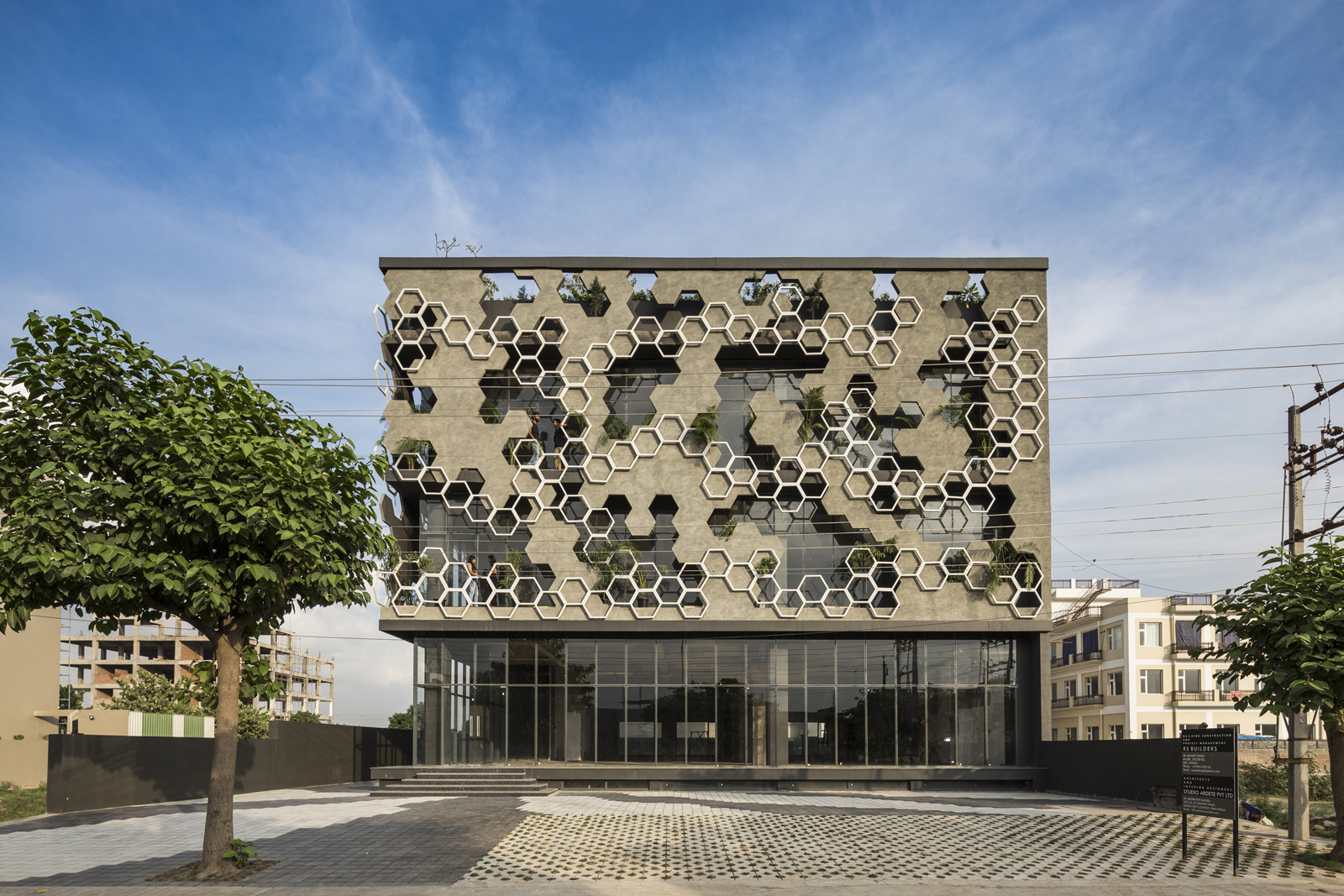
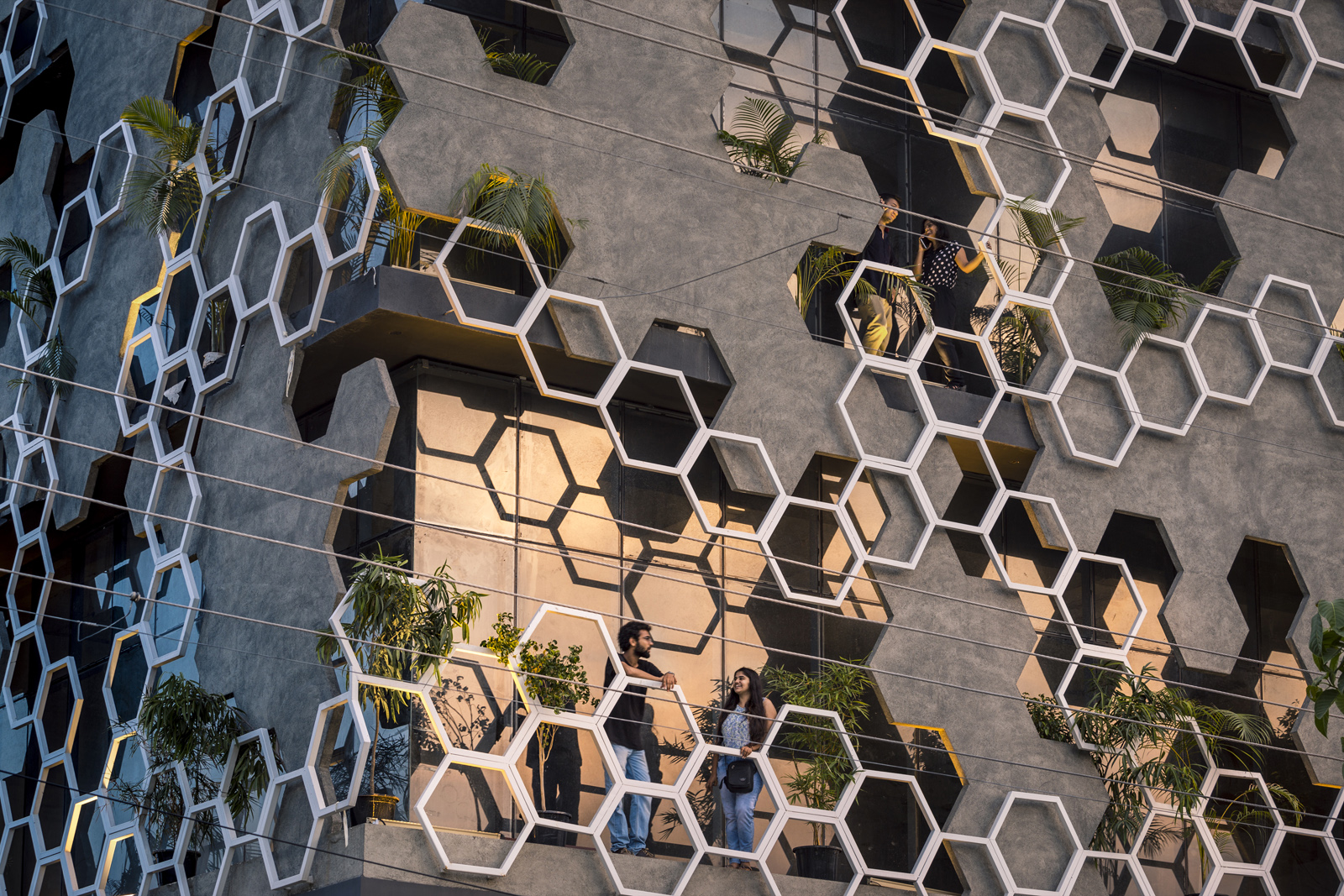
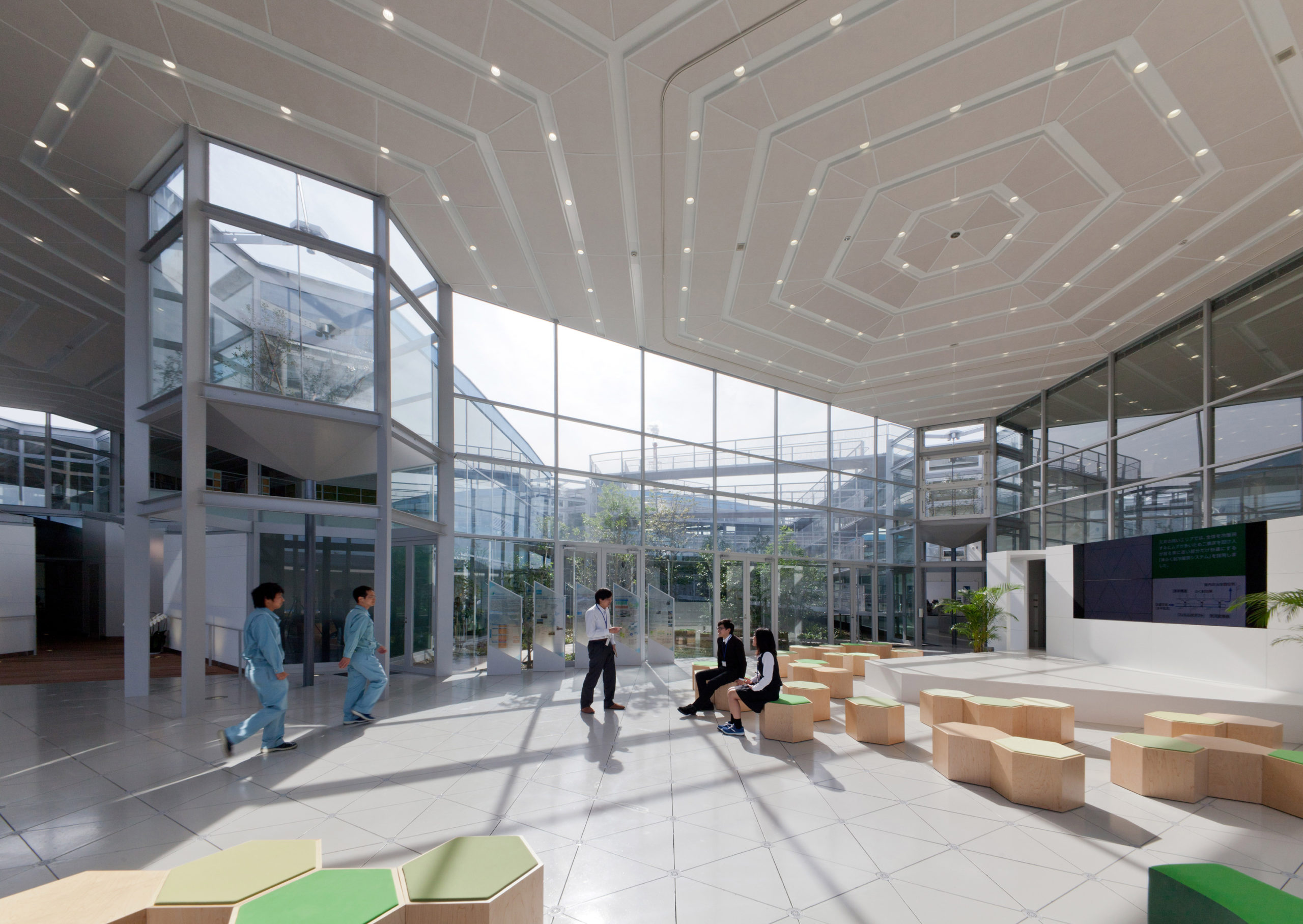
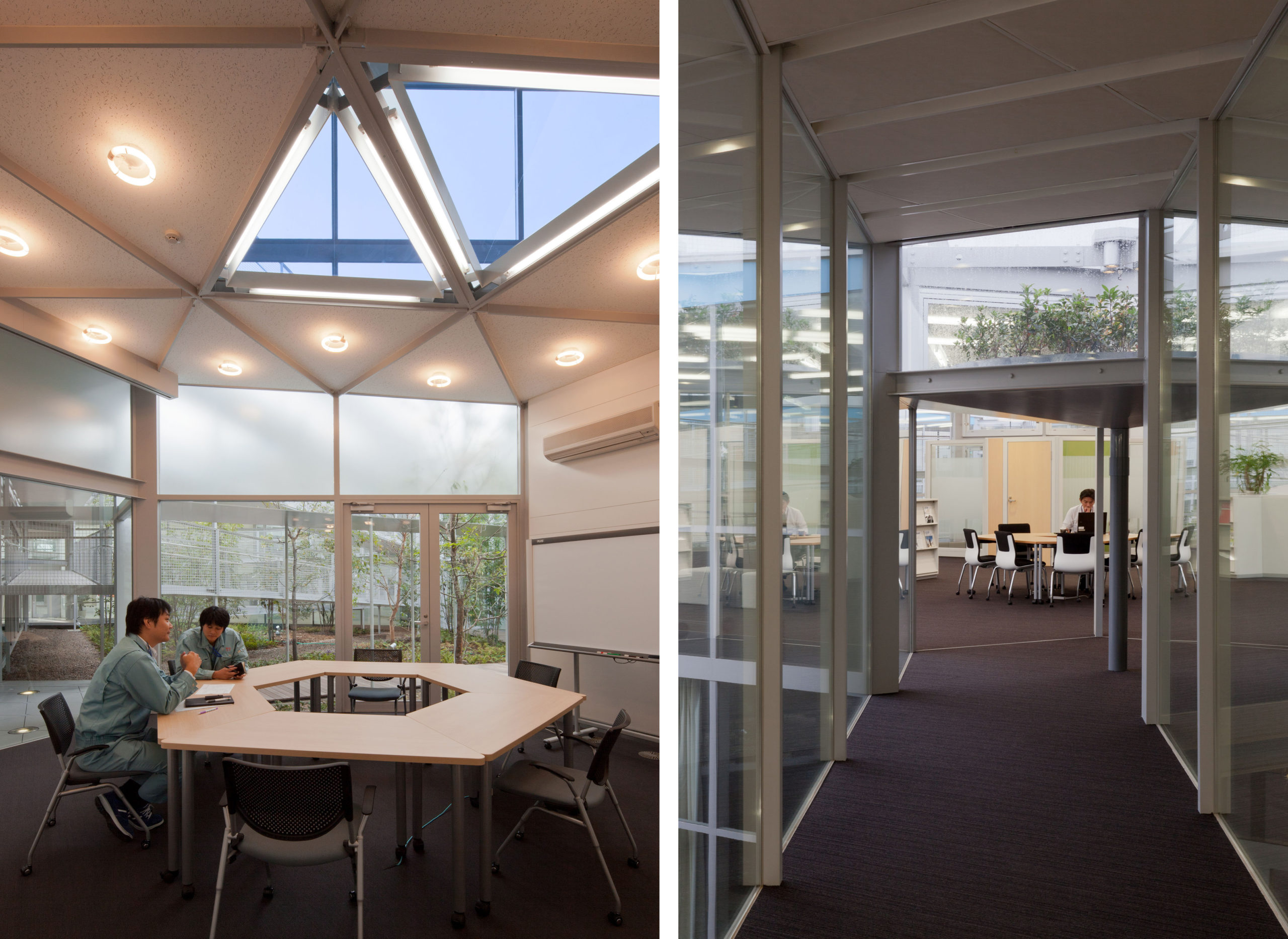 Aron R&D Center by Osamu Morishita Architect & Associates, Aichi, Japan
Aron R&D Center by Osamu Morishita Architect & Associates, Aichi, Japan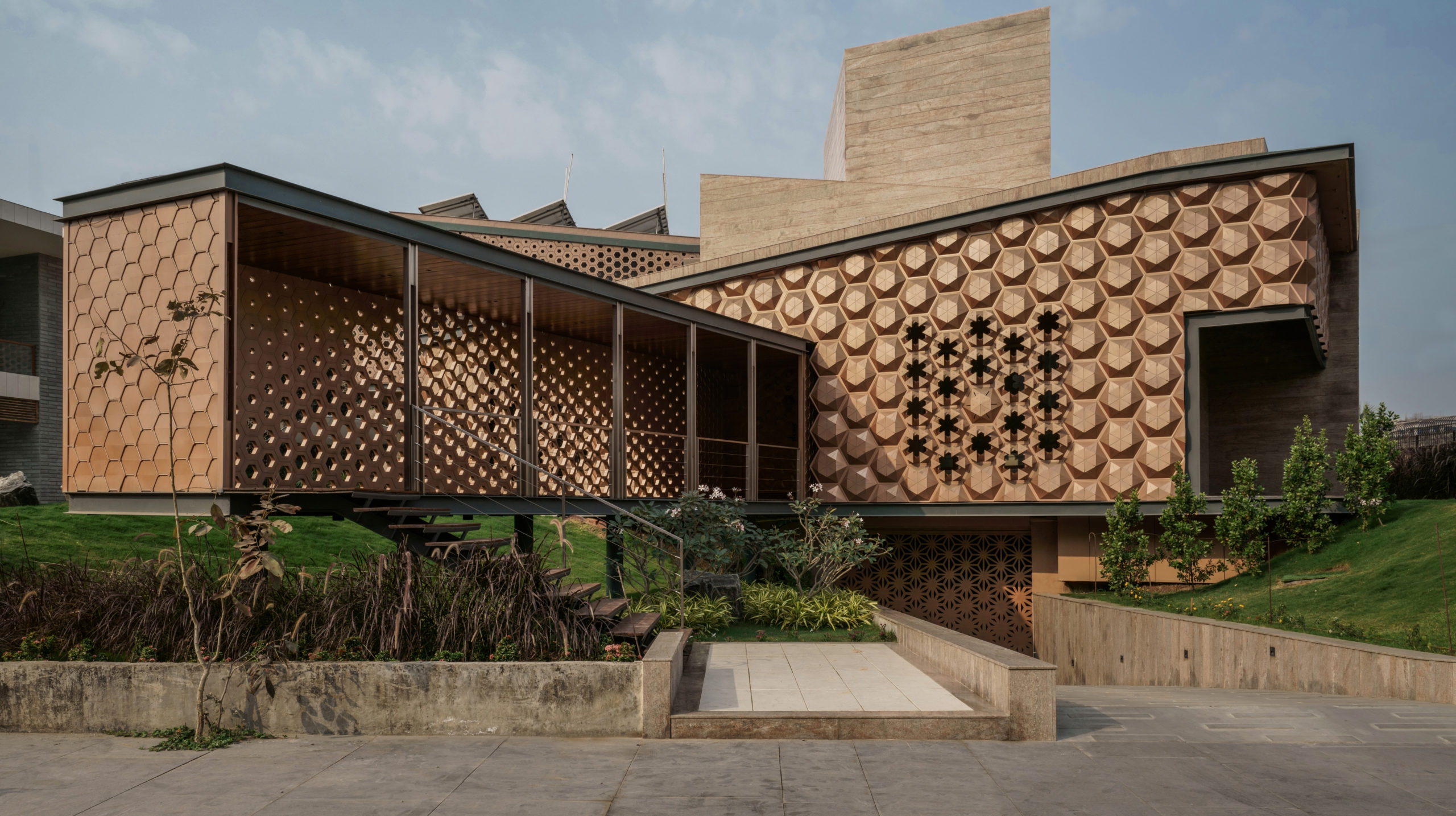
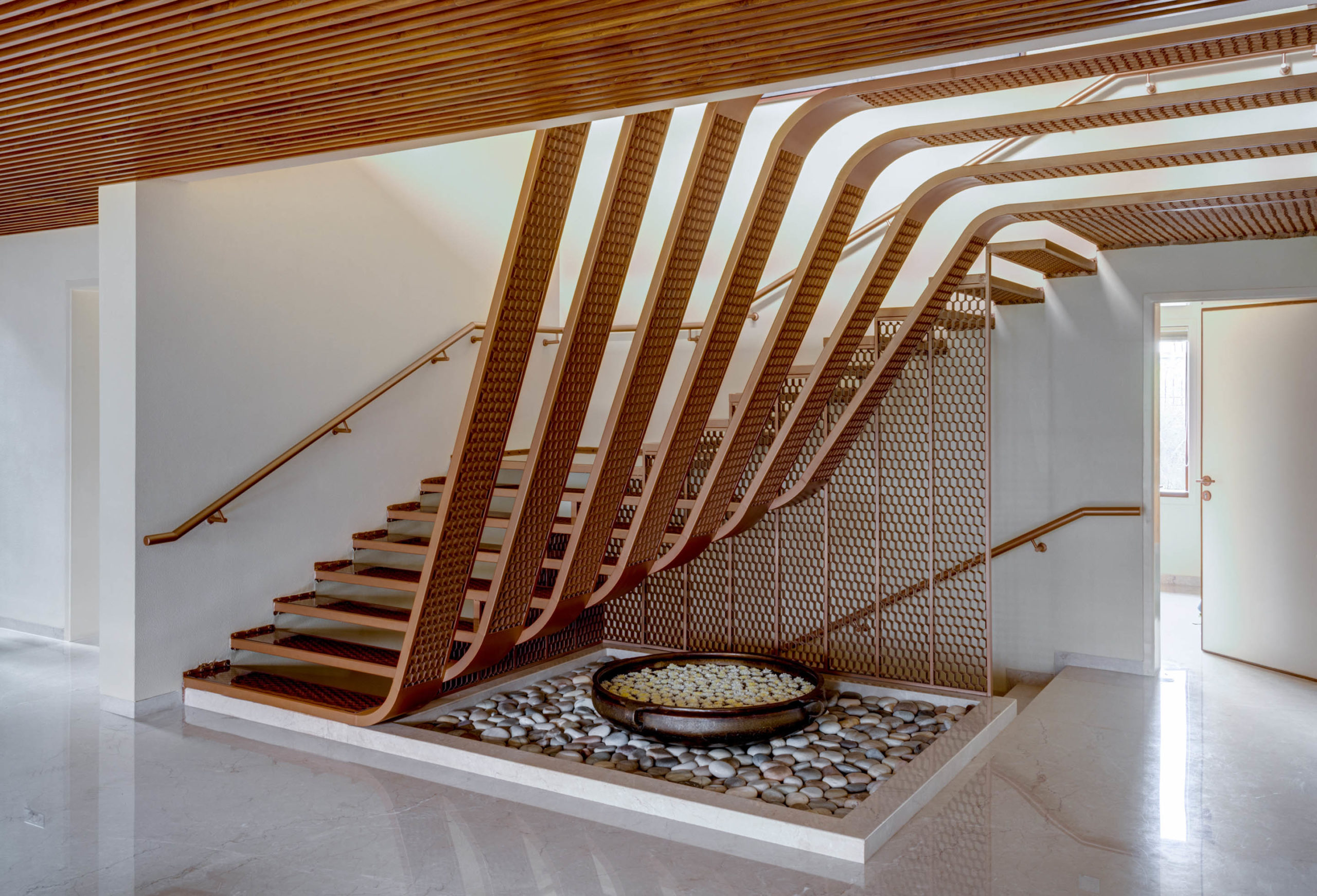 Hive by OPENIDEAS ARCHITECTS, Surat, India
Hive by OPENIDEAS ARCHITECTS, Surat, India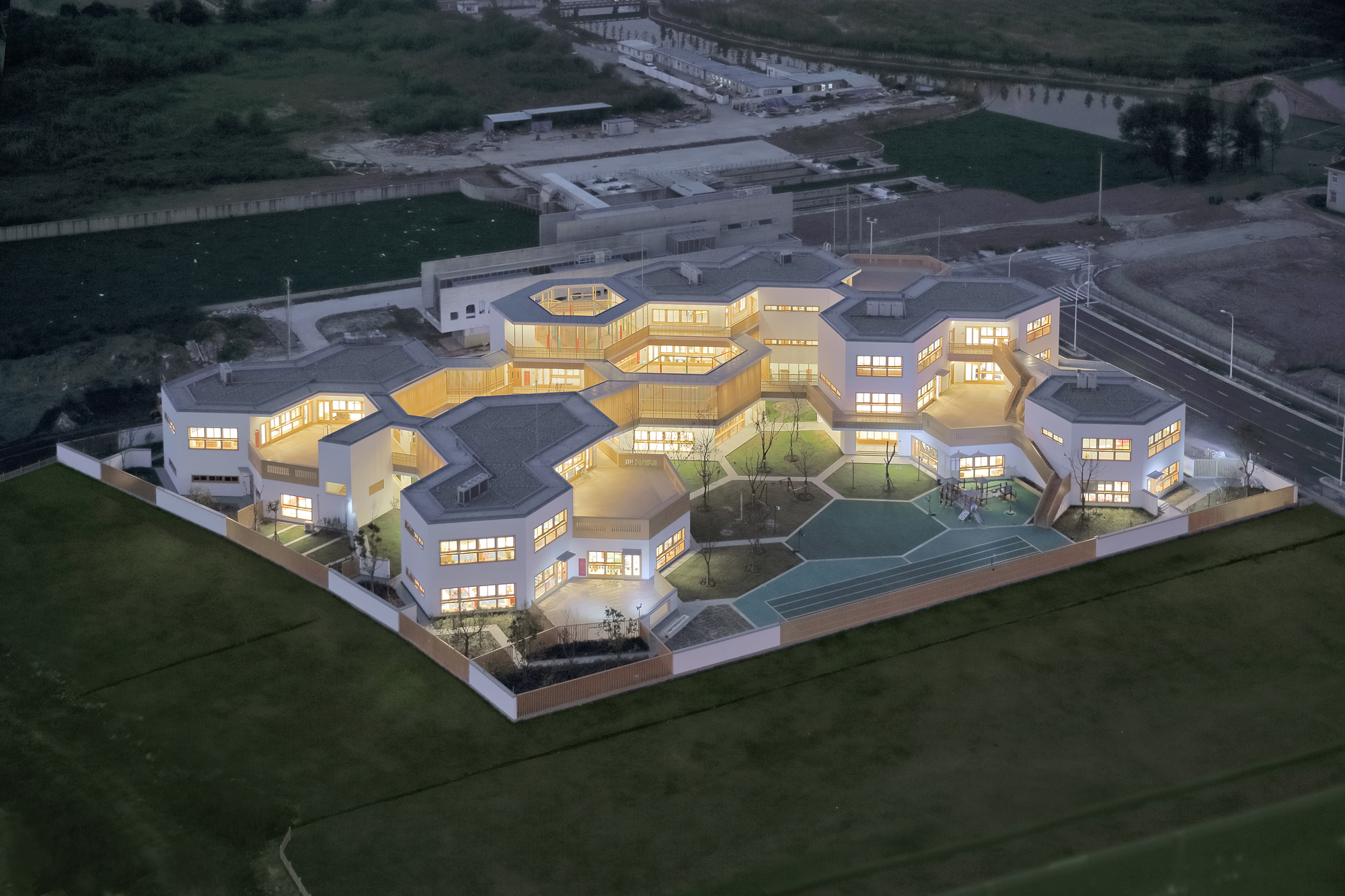
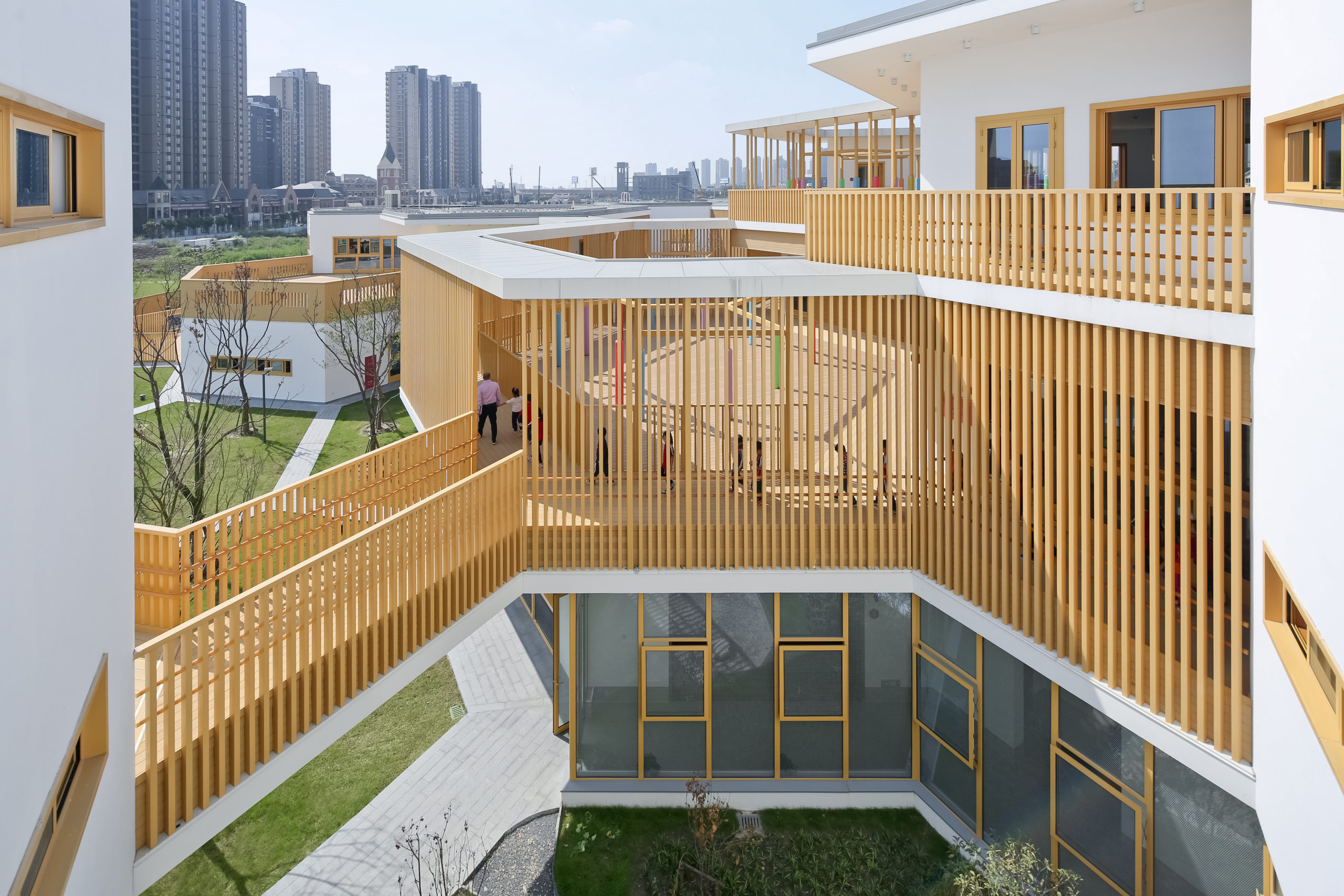 East China Normal University Affiliated Bilingual Kindergarten by Scenic Architecture, Shanghai, China
East China Normal University Affiliated Bilingual Kindergarten by Scenic Architecture, Shanghai, China